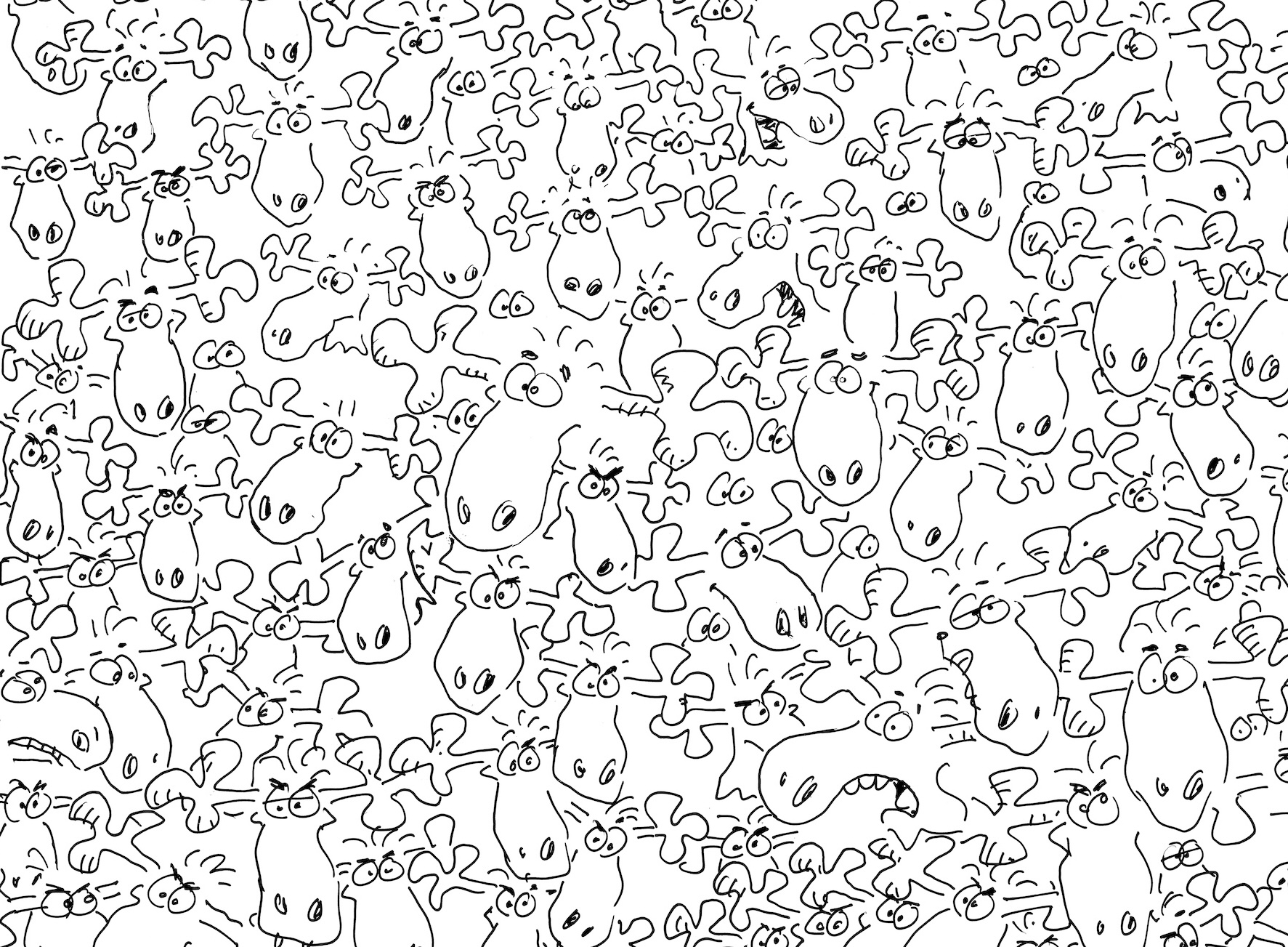
The American comic book industry, once a cultural powerhouse, has been struggling for survival in recent decades. Here is a story from last year about Marvel and DC cutting artists’ pay by 90%. Fast forward to last week, and we now have fresh reports of convention attendees groaning at a Spider-Man editor’s every word.

While many trace the comic book crash to a pattern of customer relations disasters over the past decade, the industry’s problems run far deeper than the censorship controversies, out-of-touch storytelling, and endless reboots since the 2010s.
In truth, the seeds of the comic book crash were planted as far back as the 80s. And by the 1990s, American comics had already taken a mortal blow. Today, the industry clings to life, reliant on Hollywood blockbusters while forfeiting the youth market to a more agile competitor: Japanese manga.
Let’s do the autopsy.
While the 1980s are often remembered as an age of innovation for American comics thanks to enduring works like Frank Miller’s The Dark Knight Returns and Alan Moore’s Watchmen, it was also when major cracks began to show in the industry. Emblematic of these issues was Marvel Comics’ firing of editor-in-chief Jim Shooter in 1987.

Shooter, though a controversial figure, played a pivotal role in stabilizing Marvel throughout the 1970s and early 1980s. Under his leadership, the company maintained high editorial standards and fostered a creative environment that produced legendary storylines and iconic new characters. Shooter also prioritized business decisions, like shipping books on time, that kept the company solvent during a turbulent market. His ousting signaled editorial oversight taking a backseat to short-term sales tactics, setting the stage for today’s mismanagement.
After Shooter’s departure, Marvel and DC whipsawed between increasingly erratic publishing strategies. One notable example was the reliance on crossover events: massive, multi-title storylines which required that readers buy a wagonload of books to get the whole story. While profitable at first, big crossover fatigue eventually set in, souring readers on the medium as a whole.
But that series of missteps only softened comics publishers up for a fatal blow: the 1990s Collector Bubble.
If the 1980s sowed the seeds of decline, the 1990s reaped full-blown disaster. This was the decade of the collector bubble, when speculators flooded the market, buying up comics not to read them, but in the hope they’d appreciate in value. Publishers, sensing quick money, fed the frenzy with gimmicks like variant covers, foil-stamped issues, and so-called “first editions” which they printed in absurdly high quantities.

At its peak, the comic book market appeared to be booming, but it was all smoke and mirrors. The demand was artificial, and once the bubble burst, retailers and publishers were left in financial ruin. Many comic book stores went under, Marvel declared bankruptcy in 1996, and the industry never fully recovered.
In the fallout from this ground zero event, American comic book publishing has largely abandoned the print storytelling business. Today, the Big Two are far more concerned with mining their intellectual property for blockbuster movies than selling comic books.
Yes, Marvel’s cinematic universe has generated billions of dollars, but that success hasn’t trickled down to the comic book market. In fact, comic sales continue to decline as fewer young readers get into the scene to begin with. The sharp dichotomy between cape flicks’ popularity and the public’s resounding disinterest in the source material reveals that the Big Two have lost touch with their readership. Comics, once the breeding ground for innovative storytelling, have become mere IP farms for Hollywood.

As Marvel and DC fumbled through decades of bad decisions, a quiet revolution took place. Japanese manga, long a staple of youth entertainment in Japan, began capturing the imaginations of American readers. In the aughts, manga entered the U.S. market in full force, offering what American comics no longer could: affordable, accessible stories not stuck in rigid genre boxes.
As a result, manga didn’t just cater to superhero fans. It appealed to virtually every interest from sports to cooking, from high school dramas to epic fantasy. While Marvel and DC continued to churn out convoluted superhero sagas that warned off new readers, manga offered easily digestible volumes with clear and innovative stories.

Walk into any bookstore these days, and you’ll see that manga has sealed its conquest of the US youth market. Japanese comics take up row after row, while the American comic book section—if there even is one—has been relegated to the corner. Manga’s success highlights just how badly the Big Two failed the two most recent generations of readers.
The American comic book crash didn’t happen overnight. It was the result of decades of poor business decisions, typified by Jim Shooter’s firing and short-sighted pandering to speculators. And while Marvel and DC are staying afloat thanks to a flood of Hollywood licensing fees, their actual publishing operation is withering on the vine.

Meanwhile, manga has swooped in to capture the hearts and wallets of young American readers with the kind of creativity, variety, and accessibility that the Big Two lost long ago. The Big Two’s future looks bleak unless fundamental changes are made—and fast. Otherwise, American comics may be reduced to nostalgic artifacts of a once-thriving industry.
The deep lore of Tolkien meets the brutal struggle of Glen Cook in the dark fantasy prelude to the acclaimed Soul Cycle.
Originally published here.




















 English (US) ·
English (US) ·